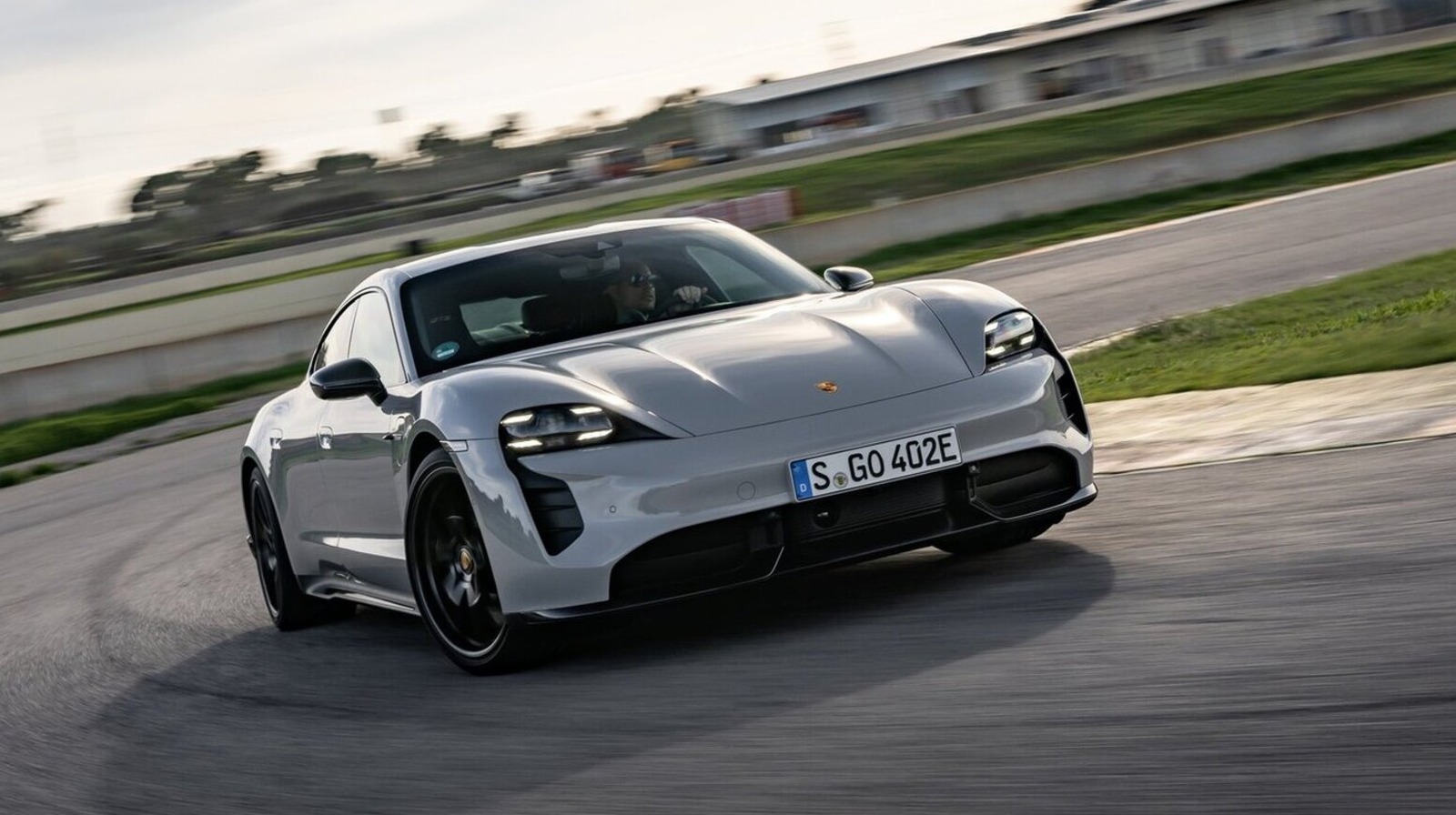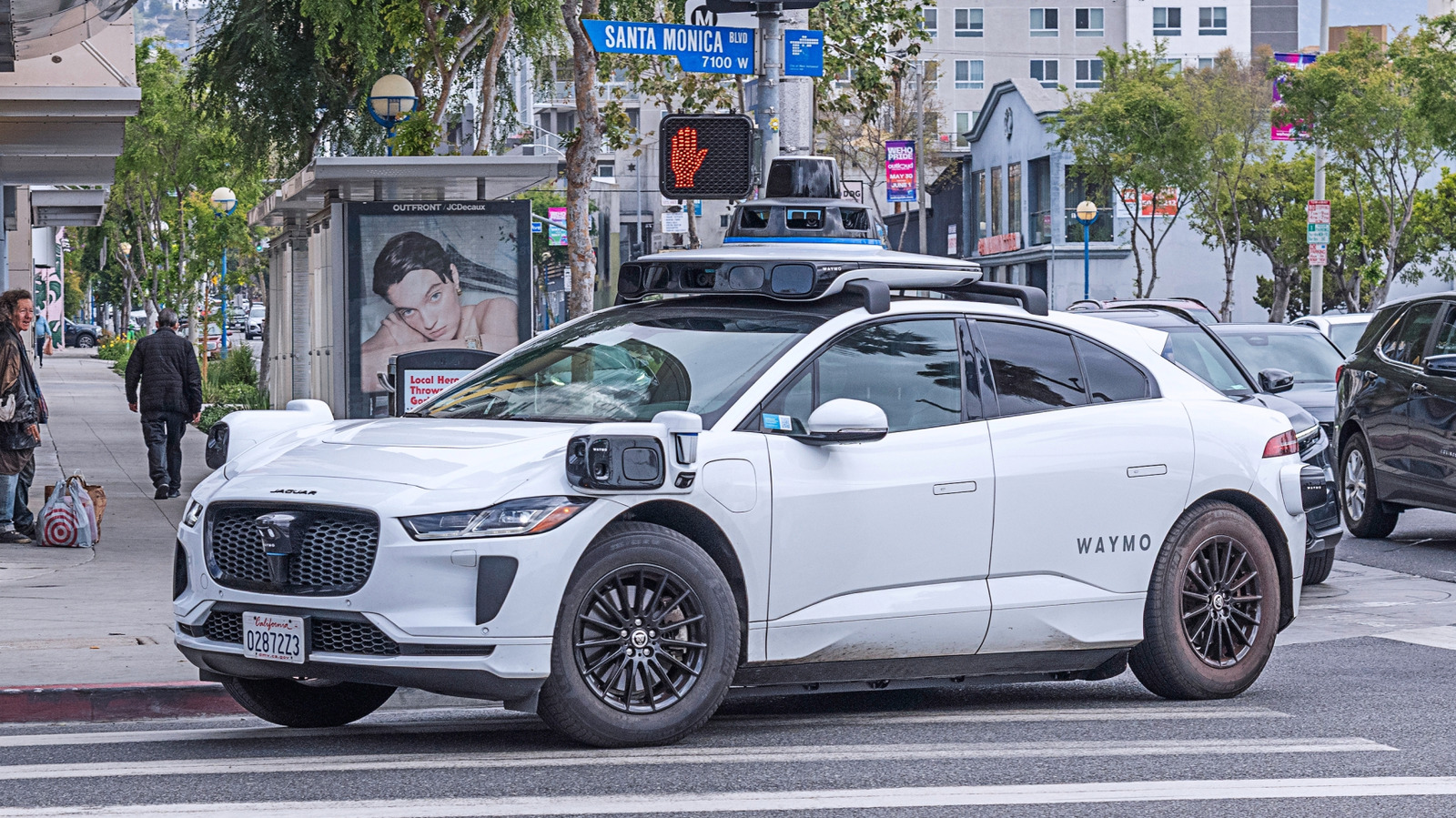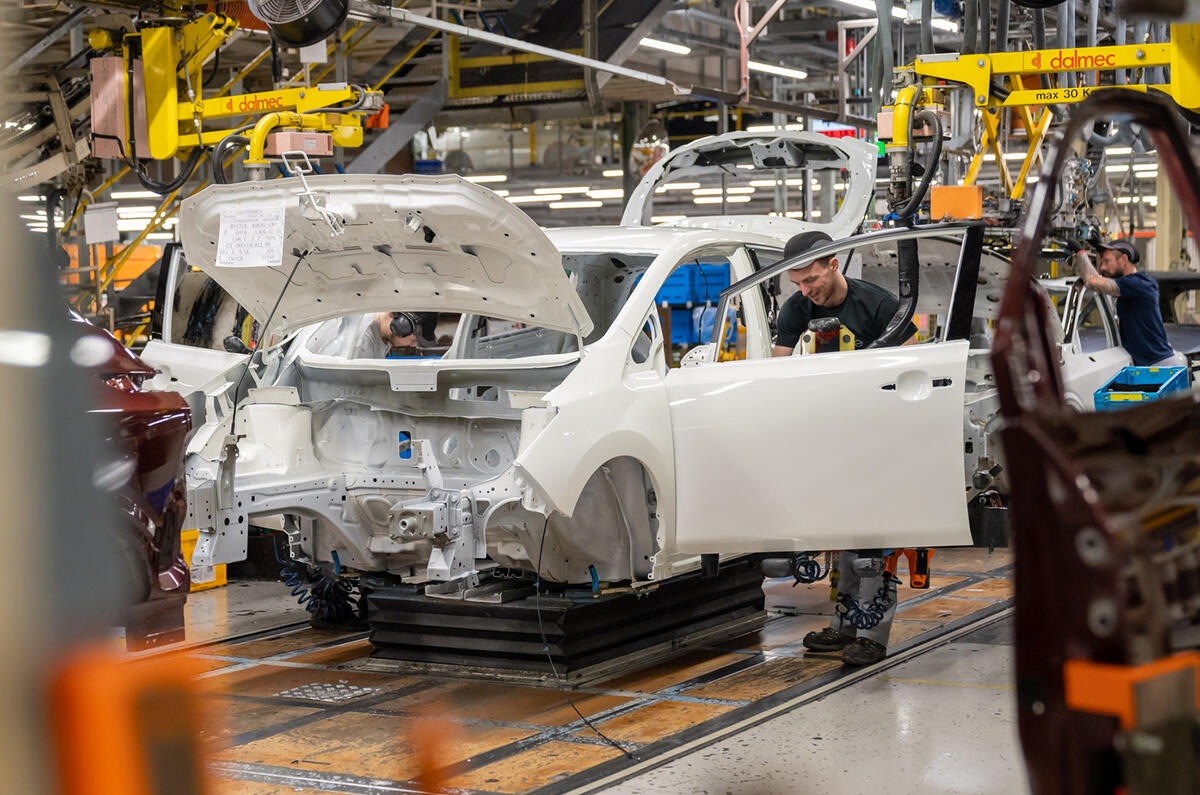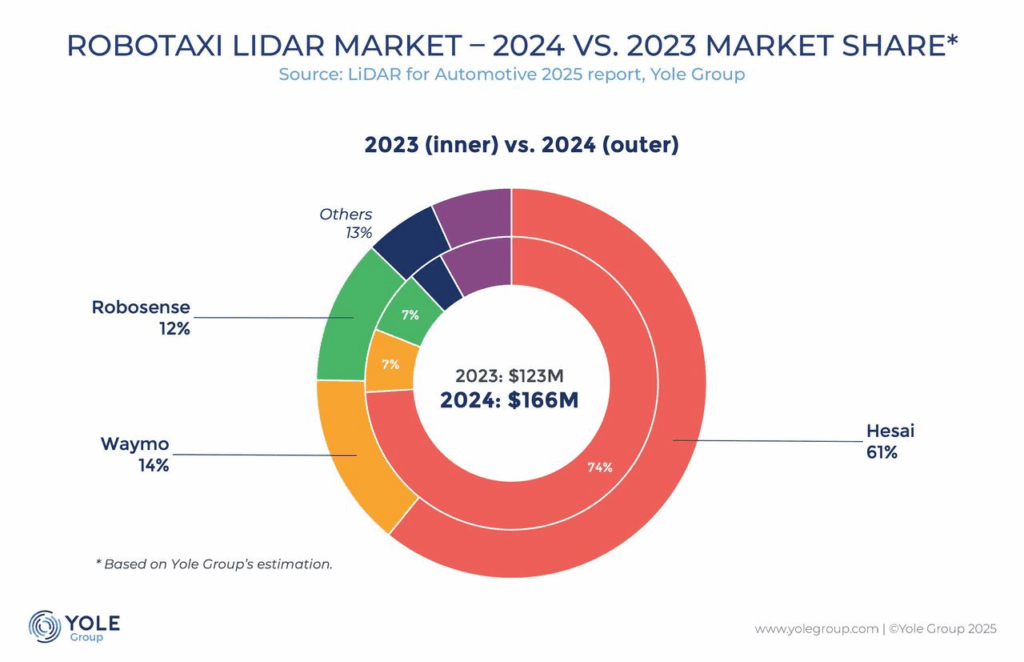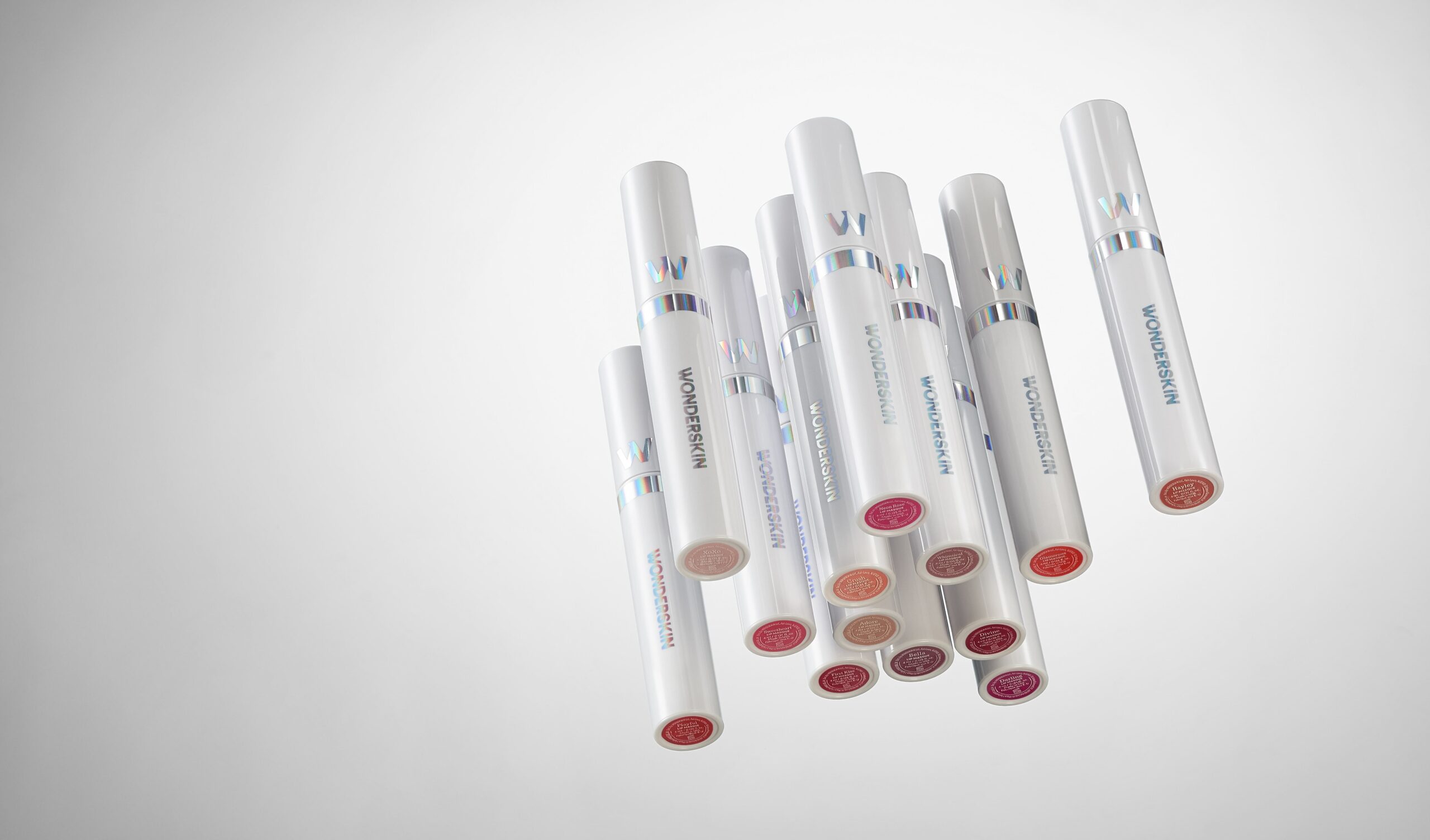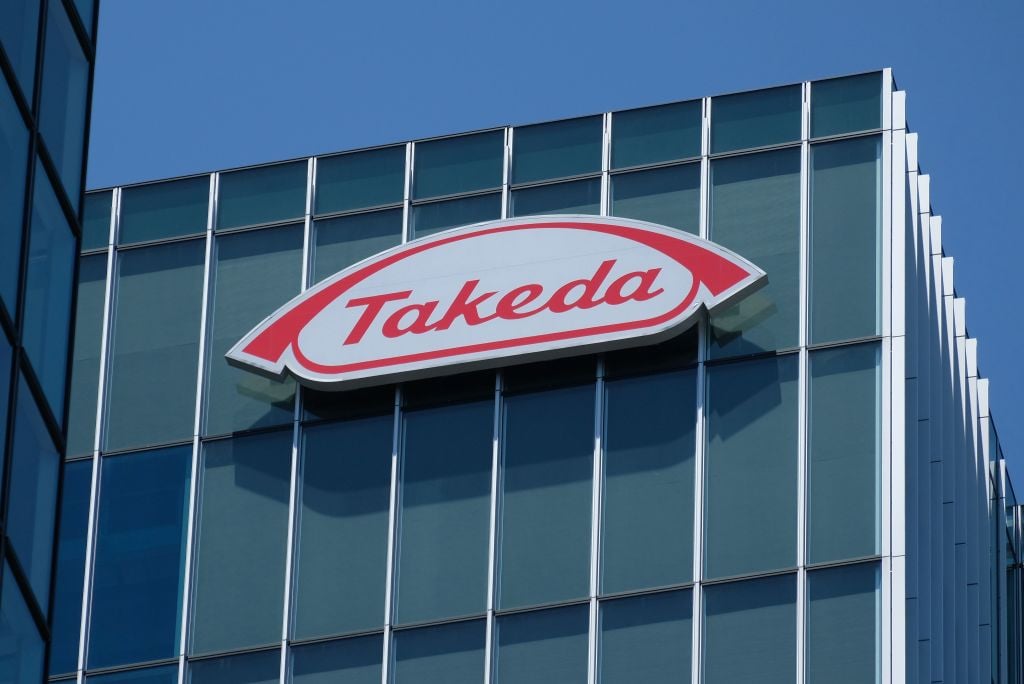Shein vs Vestiaire Collective: Ideological (and economic) battle over fast fashion
Vestiaire Collective 2025 campaign. Credits: Vestiaire Collective Paris - Two irreconcilable visions of fashion are clashing. On one side, Shein, a Chinese ultra-fast fashion giant, advocates fashion that is “accessible to all”. On the other, Vestiaire Collective, a French pioneer of high-end second-hand fashion, denounces a toxic promise based on social exploitation, textile waste and the jeopardising of an entire industrial ecosystem. “Fashion for all, misery for some.” With this hard-hitting slogan, Vestiaire Collective responded to Shein's advertising campaigns, which defend a vision of fashion as a “fundamental right”, affordable for all. According to Vestiaire Collective's chief impact officer, Dounia Wone, the real cost of this right is much higher than the price tag: sacrificed local employment, lost textile know-how and a polluted planet. The promise of “democratising” fashion is built on working conditions denounced as abusive. A seductive economic promise… but unsustainable? Shein has conquered the world with a simple formula: thousands of items, updated in real time, at ultra-competitive prices. A dress for 12 euros, delivered in 72 hours, returned if necessary… or thrown away. Behind this impressive logistics operation is a model based on a frantic pace of production - up to 75 hours of work per week in workshops denounced by several non-governmental organisations (NGOs), and a return rate so high that it justifies the burial or incineration of unsold new clothes. Vestiaire Collective directly attacks this logic: “Why should fashion be disposable?” the brand asks in its campaigns. It asserts that this model does not include any real costs: neither for the environment, nor for social rights, nor for local economies. Vestiaire Collective, activist and activated Vestiaire Collective's attack does not stop at slogans. Since 2022, the platform has progressively banned more than 70 fast fashion brands, including Shein, Zara, Boohoo, H&M and PrettyLittleThing. This strategy goes against the imperatives of volume in e-commerce, but it seems to be paying off: 92 percent of buyers remained active after these decisions, according to the platform, which is banking on the upgrading of the second-hand market. The company no longer hides the fact that it is now a political player. It is actively campaigning for stricter regulation of the textile sector, particularly against Asian fast fashion giants. In its sights is the anti-fast fashion bill, led by Member of Parliament Anne-Cécile Violland, which provided for a bonus-malus system and a limitation on advertising for polluting brands. The text was buried in March 2025 in a chilling political silence. Lobbying, appointments and grey areas The controversy was reignited with the surprise appointment of Christophe Castaner, former minister of the interior, to Shein's corporate social responsibility (CSR) strategic committee. For Vestiaire Collective's co-founder, Fanny Moizant, this is a “national scandal”. She believes that this arrival strangely coincides with the withdrawal of the bill. “Shein was very clever. They defused a regulation that would have cost millions,” she told Madame Figaro. According to Moizant, France could have become a world leader in the regulation of disposable fashion, and Shein has stopped at nothing to prevent this. A war of narratives as much as a clash of models This duel highlights two antagonistic narratives around consumption: Shein sells speed, novelty and accessibility, at the price of an opaque and controversial industrial model. Vestiaire Collective defends sustainability, quality and circularity, at the price of educating consumers and a profound cultural change. But this battle is not limited to public statements: it is already influencing legislative work. Law that is debated Despite the initial withdrawal of the anti-fast fashion bill, mobilisation continues to put pressure on the government. Under the effect of intense media coverage and growing indignation, the law was revised and put back on the parliamentary agenda, albeit in a watered-down version. While the bonus-malus system was retained, the maximum tax was lowered, and advertising restrictions were relaxed. This was a partial victory for advocates of more responsible fashion, but a clear signal that pressure works. As a sign of the times, from couture houses to independent labels, several industry leaders are in turn denouncing the Shein model, praising Vestiaire Collective's courage and calling for structural reform. This dynamic could mark a turning point: criticism of ultra-fast low-cost fashion is no longer just the preserve of activists. Shein counter-attacks As the anti-fast fashion bill approaches its examination in the Senate on June 10, Shein is going on the offensive. The Chinese brand, aware of the regulatory threat, is deploying a vast advertising campaign signed by Havas, hammering home the message that “fashion is a right, not a privilege”.

Paris - Two irreconcilable visions of fashion are clashing. On one side, Shein, a Chinese ultra-fast fashion giant, advocates fashion that is “accessible to all”. On the other, Vestiaire Collective, a French pioneer of high-end second-hand fashion, denounces a toxic promise based on social exploitation, textile waste and the jeopardising of an entire industrial ecosystem.
“Fashion for all, misery for some.” With this hard-hitting slogan, Vestiaire Collective responded to Shein's advertising campaigns, which defend a vision of fashion as a “fundamental right”, affordable for all. According to Vestiaire Collective's chief impact officer, Dounia Wone, the real cost of this right is much higher than the price tag: sacrificed local employment, lost textile know-how and a polluted planet. The promise of “democratising” fashion is built on working conditions denounced as abusive.
A seductive economic promise… but unsustainable? Shein has conquered the world with a simple formula: thousands of items, updated in real time, at ultra-competitive prices. A dress for 12 euros, delivered in 72 hours, returned if necessary… or thrown away. Behind this impressive logistics operation is a model based on a frantic pace of production - up to 75 hours of work per week in workshops denounced by several non-governmental organisations (NGOs), and a return rate so high that it justifies the burial or incineration of unsold new clothes.
Vestiaire Collective directly attacks this logic: “Why should fashion be disposable?” the brand asks in its campaigns. It asserts that this model does not include any real costs: neither for the environment, nor for social rights, nor for local economies.
Vestiaire Collective, activist and activated
Vestiaire Collective's attack does not stop at slogans. Since 2022, the platform has progressively banned more than 70 fast fashion brands, including Shein, Zara, Boohoo, H&M and PrettyLittleThing. This strategy goes against the imperatives of volume in e-commerce, but it seems to be paying off: 92 percent of buyers remained active after these decisions, according to the platform, which is banking on the upgrading of the second-hand market.
The company no longer hides the fact that it is now a political player. It is actively campaigning for stricter regulation of the textile sector, particularly against Asian fast fashion giants. In its sights is the anti-fast fashion bill, led by Member of Parliament Anne-Cécile Violland, which provided for a bonus-malus system and a limitation on advertising for polluting brands. The text was buried in March 2025 in a chilling political silence.
Lobbying, appointments and grey areas
The controversy was reignited with the surprise appointment of Christophe Castaner, former minister of the interior, to Shein's corporate social responsibility (CSR) strategic committee. For Vestiaire Collective's co-founder, Fanny Moizant, this is a “national scandal”. She believes that this arrival strangely coincides with the withdrawal of the bill. “Shein was very clever. They defused a regulation that would have cost millions,” she told Madame Figaro.
According to Moizant, France could have become a world leader in the regulation of disposable fashion, and Shein has stopped at nothing to prevent this.
A war of narratives as much as a clash of models
This duel highlights two antagonistic narratives around consumption: Shein sells speed, novelty and accessibility, at the price of an opaque and controversial industrial model. Vestiaire Collective defends sustainability, quality and circularity, at the price of educating consumers and a profound cultural change.
But this battle is not limited to public statements: it is already influencing legislative work.
Law that is debated
Despite the initial withdrawal of the anti-fast fashion bill, mobilisation continues to put pressure on the government. Under the effect of intense media coverage and growing indignation, the law was revised and put back on the parliamentary agenda, albeit in a watered-down version. While the bonus-malus system was retained, the maximum tax was lowered, and advertising restrictions were relaxed. This was a partial victory for advocates of more responsible fashion, but a clear signal that pressure works.
As a sign of the times, from couture houses to independent labels, several industry leaders are in turn denouncing the Shein model, praising Vestiaire Collective's courage and calling for structural reform. This dynamic could mark a turning point: criticism of ultra-fast low-cost fashion is no longer just the preserve of activists.
Shein counter-attacks
As the anti-fast fashion bill approaches its examination in the Senate on June 10, Shein is going on the offensive. The Chinese brand, aware of the regulatory threat, is deploying a vast advertising campaign signed by Havas, hammering home the message that “fashion is a right, not a privilege”. This charm offensive is based on the argument of purchasing power, aimed at rallying public opinion against legislation it considers elitist.
But the fashion sector is not intimidated. Designers, entrepreneurs, federations and influencers are taking a stand one after the other. Victoire Satto, founder of The Good Goods, sums up the situation: “It's no coincidence that Shein is communicating so much: it's afraid.” For her part, Fanny Moizant, president of Vestiaire Collective, continues to denounce the destructive economic and environmental impact of the ultra-low-cost model. She points out that the law is not intended to make fashion inaccessible, but to restore a competitive balance, while setting clear limits on an industry that is running towards exhaustion.
Jocelyn Meire, founder of FASK and president of the France's École de Production de Confection textile de la Région Sud, also spoke out strongly. He recalled a previous exchange with the president of the Grand Port Maritime de Marseille, who is none other than Shein's CSR advisor, who described the idea of an environmental penalty on clothing produced en masse in undignified conditions as “disgusting”. Meire reacted with irony and anger: “When clothes become faster than ethics and cheaper than dignity, we are no longer simply consuming fashion, we are participating in a collapse.”
Towards a more circular future?
Will the future of fashion lie in second-hand and traceability? Vestiaire Collective is convinced of this. In particular, the company is involved in the development of the Digital Product Passport (DPP), a digital passport that will make it possible to identify the origin, composition and repairability of a product. This technology is supported by the European Commission, and could durably transform the textile market by promoting resale, transparency and circularity.
Vestiaire is even envisaging a future where brands receive a share of the resales made on its platform, a new form of sustainable revenue aligned with the circular economy.
At a time when public opinion is polarised around the price of clothing, the battle between Shein and Vestiaire Collective goes beyond the purely commercial. It questions our collective priorities: to produce more and more for less and less, or to consume less, but better?
This article was translated to English using an AI tool.
FashionUnited uses AI language tools to speed up translating (news) articles and proofread the translations to improve the end result. This saves our human journalists time they can spend doing research and writing original articles. Articles translated with the help of AI are checked and edited by a human desk editor prior to going online. If you have questions or comments about this process email us at info@fashionunited.com









